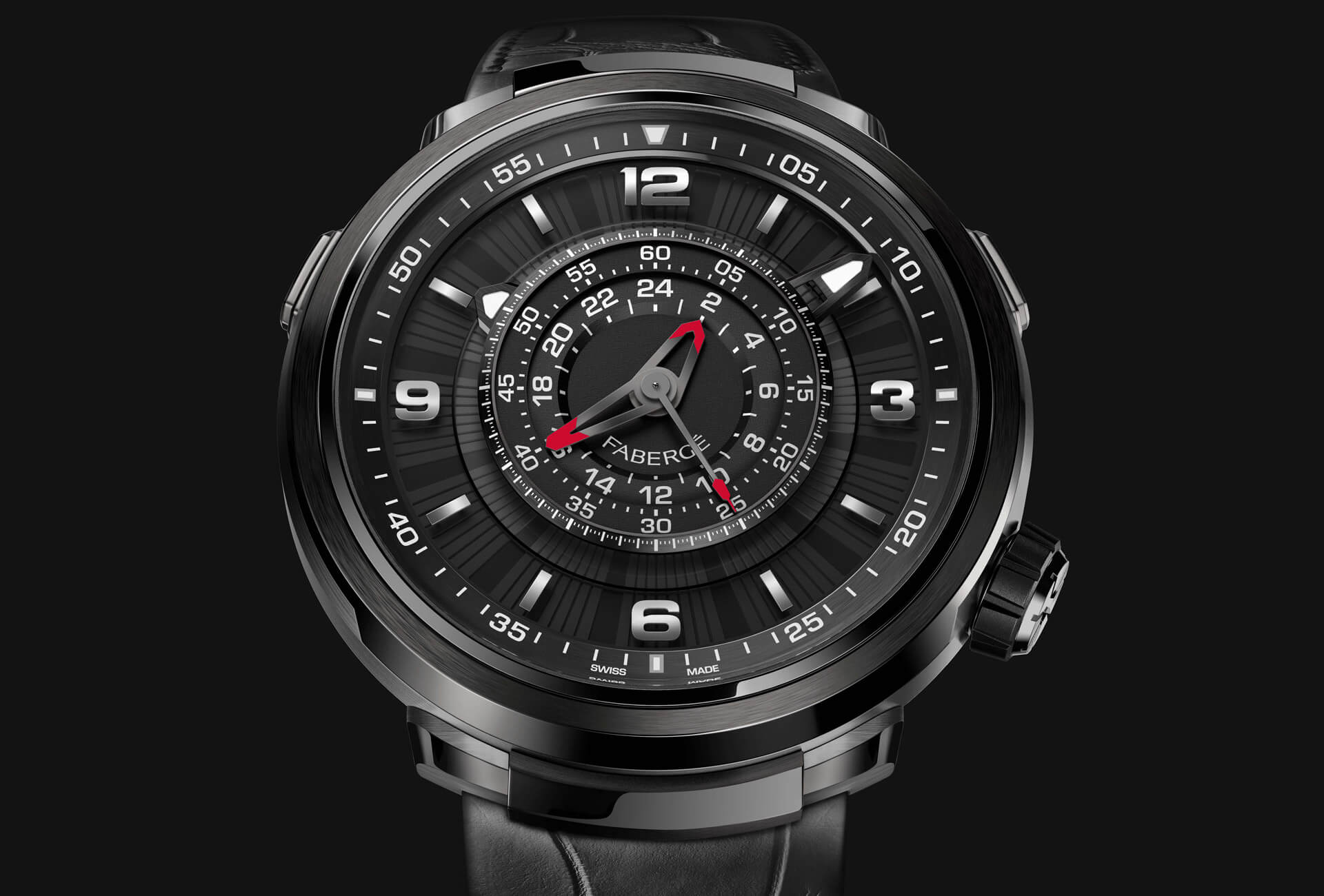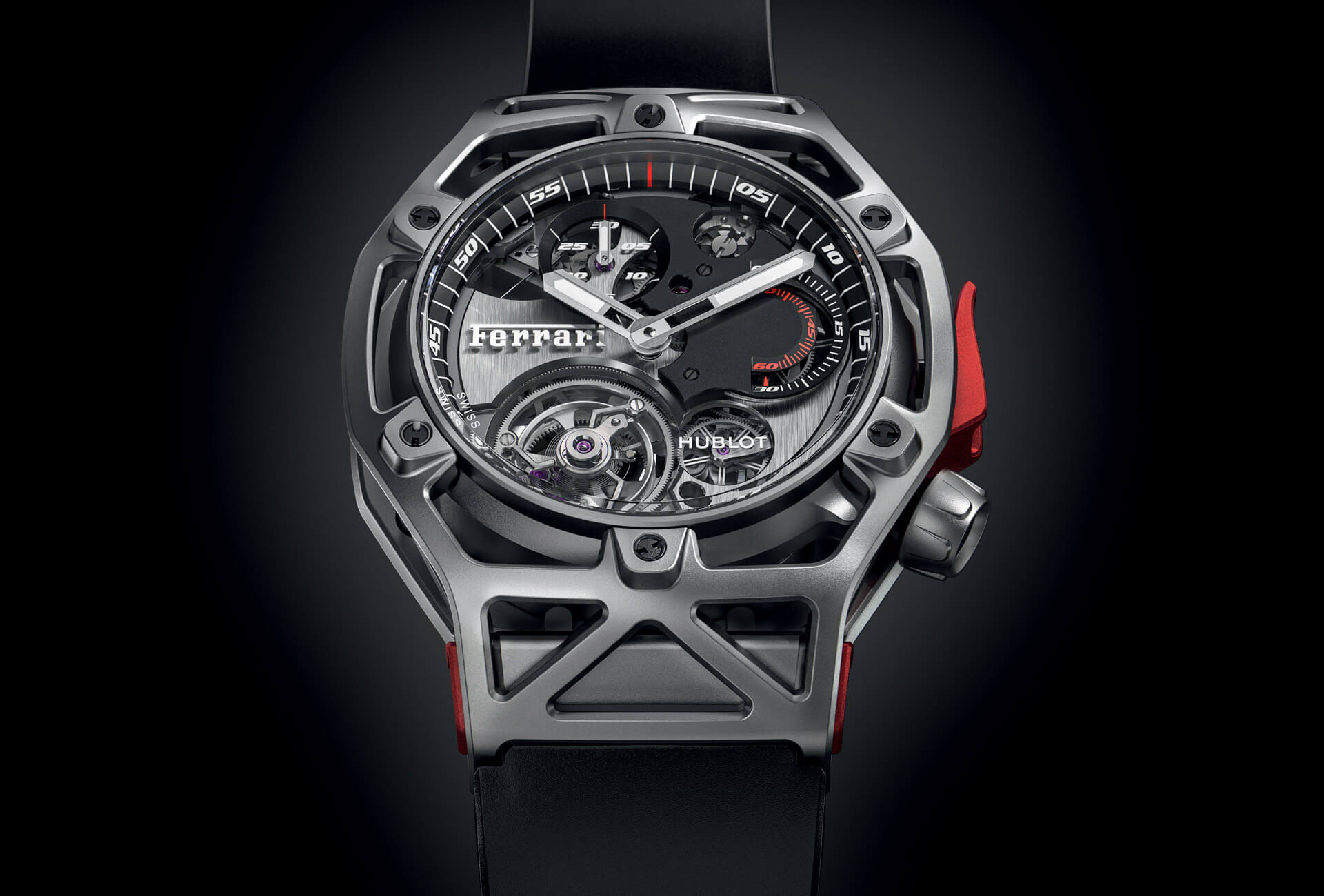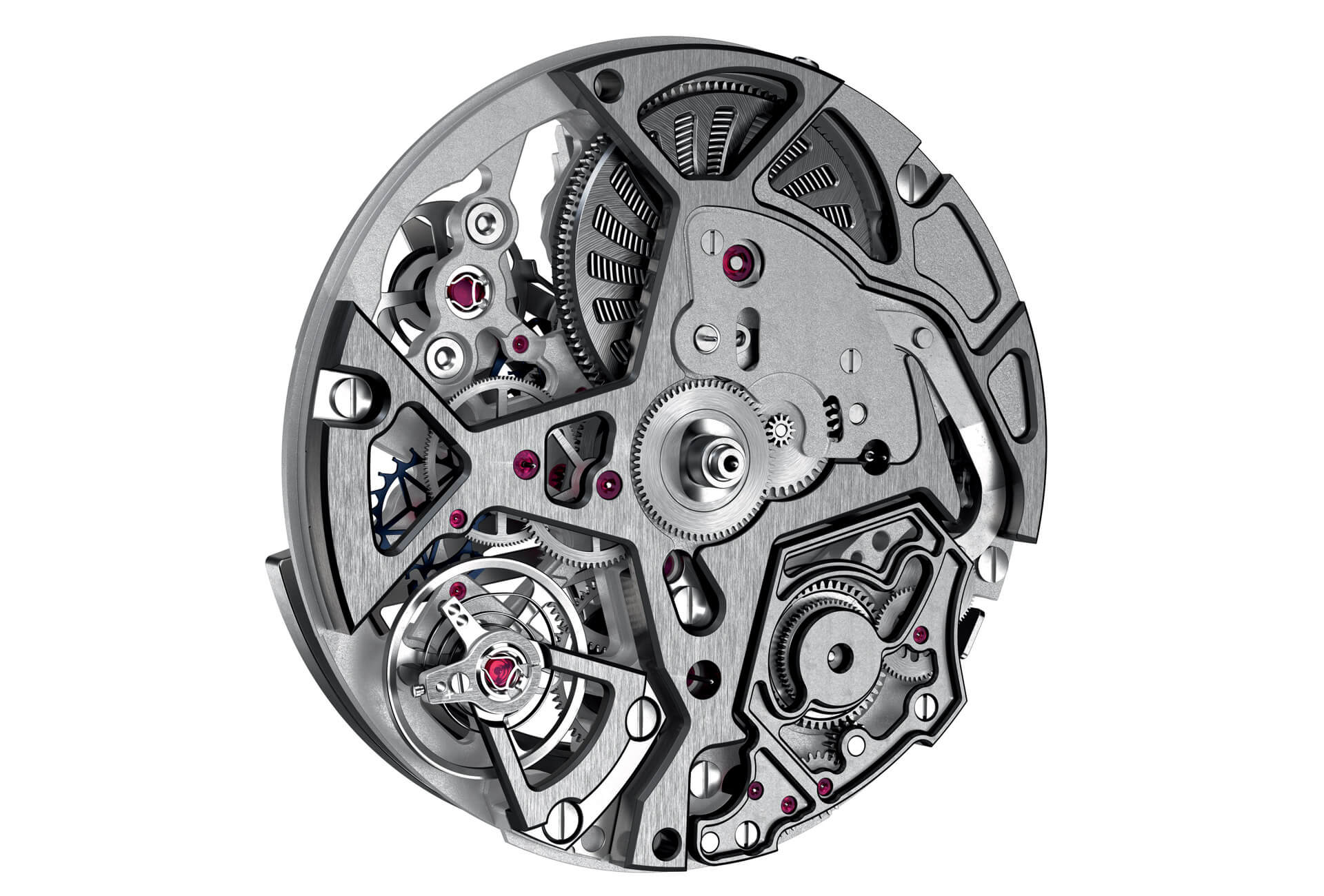With Baselworld barely into its first day, already the announcements were coming thick and fast. The most interesting among them, for any serious observer, concern the watch’s nerve centre, i.e. its mechanical movement. And for good reason. Speaking at the opening of the international watch and jewellery show, François Thiébaud, CEO of Tissot and President of the Swiss Exhibitors Committee, noted that while mechanical watches represent just 27% of Swiss production in number of units, they account for 80% of the $19.4 billion in exports last year. An amount that positions Switzerland first among wristwatch exporting countries, well ahead of Hong Kong ($8.8 bn) and China ($5.6 bn).
The number of mechanical watches leaving Switzerland has almost tripled, from 2.5 million in 2000 to 6.9 million last year.
As the Basel Samples Show – the original name of the event that became Baselworld in 2003 – celebrates its one-hundredth year, it doesn’t hurt to cast an eye back over the industry’s more recent past. Figures since the turn of the millennium reveal that the number of mechanical watches leaving Switzerland has almost tripled, from 2.5 million in 2000 to 6.9 million last year. The logical consequence is that the global value of Swiss watch exports doubled during that same period. Similarly, since 2000 the average ex-works price of a Swiss watch has risen from CHF 313 to CHF 720. At the end of last year, the average price of a mechanical watch had reached CHF 2,100.
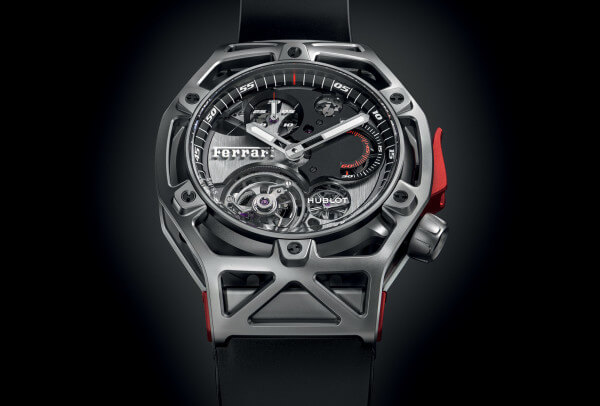
A badge of quality
The revival of interest in mechanical timekeeping has positioned Swiss watchmaking well and truly in the luxury segment, hence it comes as no surprise to see so many firms multiplying efforts to obtain the tougher Swiss-Made label that was introduced on January 1st this year (amid protests from the sector’s leading names, who campaigned for a new law imposing that 80% of the manufacturing cost of the watch must be of Swiss origin, versus the 60% threshold now in effect). Squabbling aside, the mechanical movement has become a symbol of Swiss craftsmanship and to master production an ambition many brands share. Proof of this, these “engines” dominated the opening day of Baselworld 2017. One of the most noteworthy examples springs from Hublot’s collaboration with Ferrari to produce the Techframe Ferrari in celebration of the automaker’s 70th anniversary. This manual-wind monopusher tourbillon chronograph is driven by the HUB6311 calibre, a brand-new “manufacture movement” with a five-day power reserve, and a design as sleek as the technology behind it.
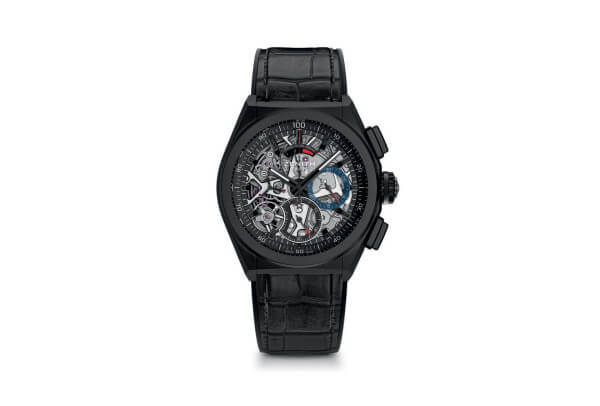
The same can be said of the movement which Zenith unveiled on this opening day, namely the El Primero 21. The original and now legendary El Primero was launched in 1969 as the first series-produced automatic chrono with tenth-of-a-second precision, thanks to an oscillator beating at 36,000 vibrations per hour. This new “sibling” has been a long time coming, but was well worth the wait. Much of the credit goes to Guy Sémon, a physicist, managing director of TAG Heuer, and a member of the task force that Zenith’s interim CEO Jean-Claude Biver has set up to put the brand back on track and restore its identity. The El Primero 21 is a big step in that direction. It is equipped with two independent “gear boxes”: one whose balance oscillates at 5 Hz for timekeeping and a second oscillating at 50 Hz for the chronograph. Each has its own transmission and escapement, and there is no coupling clutch. The biggest highlight of the movement, however, remains the balance springs, which are made from a carbon nanotube composite. This patented new material is totally insensitive to magnetic fields and temperature gradients. The Defy El Primero 21 delivers hundredth-of-a-second precision: a series-produced chronograph that propels Zenith into the twenty-first century. It’s worth remembering that Guy Sémon also masterminded TAG Heuer’s groundbreaking achievements in precision timing with its Mikro line (MikrotourbillonS, Mikrogirder, Mikrotimer and Mikrograph).
Food for thought
In-house mechanical calibres have clearly acquired a strategic role, as vehicles for the added value and expertise that is the backbone of any watch brand. This is all the more true now that Swatch Group, which for years has kept the branch stocked with movements and components, is in the process of phasing out deliveries. Back when brands were setting new records at every turn, questions of supply quickly became decisions to invest in new production capacity. Now, after a twenty-consecutive-month fall in exports and a painful scaling back of inventory, brands are instead asking from what volume does it make sense to manufacture movements in-house, bearing in mind the downward slide observed in the number of units produced. Cost is also a matter for consideration: an in-house movement pushes price up, just when the market is showing heightened price sensitivity.
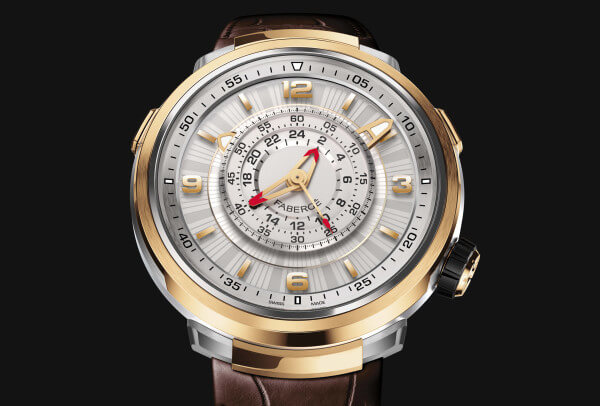
It’s a point of interest for Jean-Marc Wiederrecht, founder of independent movement manufacturer Agenhor. He is in Baselworld in the company of Hermès, for its Slim L’Heure Impatiente, and Fabergé for its Visionnaire Chronograph, a watch that redefines the chronograph calibre with two major innovations. The first is a horizontal clutch system whose driving wheel and central chronograph wheel don’t have teeth. Instead they have a rough surface, similar to the file on a pocket knife. The second is a central chronograph module thanks to which the three chrono hands can sit on the central axis while hours and minutes are shown on discs around the circumference of the dial. Says Wiederrecht: “For all these developments, Agenhor partners with companies in the region. This way of working promotes creative solutions and gives convincing results, including for cost. In contrast, concentrating production capacity inside the big watch groups is levelling capacity for innovation and poses a threat to suppliers who are first to pay the price when the tide turns. In this context, we can reasonably ask what is the relevance, the purpose even, of wanting to produce movements in-house, no matter what?” Of course, this isn’t about the small, independent watchmakers producing a few dozen, at most a few hundred pieces a year, but what can be termed “industrial” watchmaking. Did we mention that TAG Heuer has pulled its Mikro line, Baselworld has 1,300 exhibitors which is 200 down on last year, and in February Swiss watch exports lost another 10%. Food for thought.








